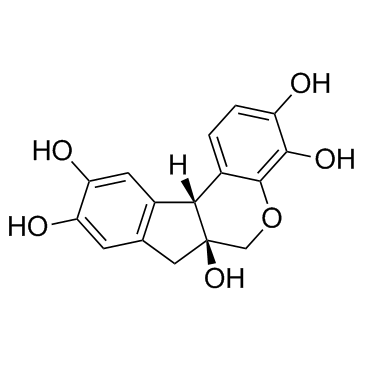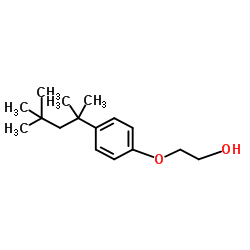| Structure | Name/CAS No. | Articles |
|---|---|---|
 |
Hematoxylin
CAS:517-28-2 |
|
 |
2-(4-(1,1,3,3-Tetramethylbutyl)phenoxy)ethanol
CAS:2315-67-5 |
|
 |
DAF-FM DA
CAS:254109-22-3 |